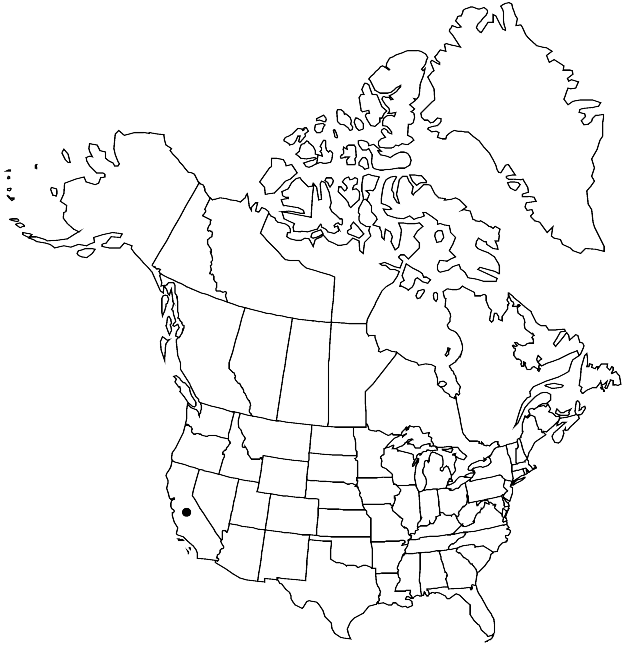Gemmabryum gemmilucens
Phytologia 89: 111. 2007.
Plants green or yellow-green. Stems 0.5–1(–2) cm, gemmiform to evenly foliate. Leaves ovate, strongly concave, 0.5–1.5(–2) mm; margins plane to revolute proximally; apex acute to acuminate; costa percurrent to rarely short-excurrent; proximal laminal cells abruptly quadrate to short-rectangular, 1–2:1; medial and distal cells 8–12(–16) µm wide, 3–4:1. Specialized asexual reproduction by leaf axil bulbils, bulbils (2–)5–25 per axil, cylindric to spheric, 100–200 µm, primordia usually absent, occasionally present, short, peglike. Capsule unknown.
Habitat: Damp soil, clearings, fields
Elevation: low to moderate elevations (0-800 m)
Distribution

Calif., w, s Europe, Atlantic Islands (Canary Islands).
Discussion
Gemmabryum gemmilucens is a distinctive Mediterranean climate species like G. gemmiferum, typically found on disturbed soil that receives rain in winter and is dry in spring and summer. The species is often associated with ephemeral bryophytes, and is much more common than G. gemmiferum. The leaf axil bulbils are yellow to pale orange or brown. A robust form on serpentine rock in central California has much broader leaves and lacks bulbils; it may represent a distinct species.
Selected References
None.